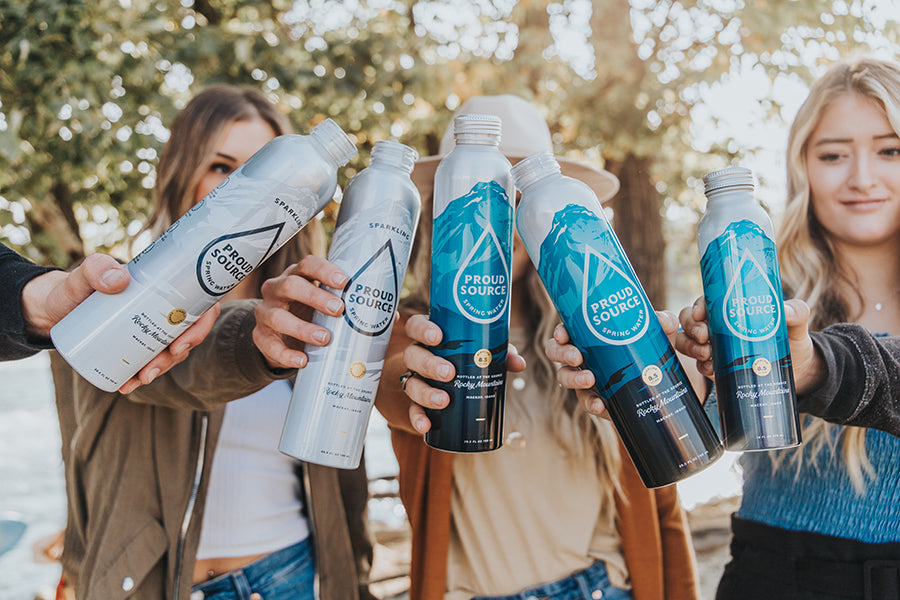Your cart is empty

As society continues to produce and dispose of single-use plastic at an unforgiving rate, the plastic found in the world’s oceans continues to grow. In fact, over 100 million marine animals are killed each year due to plastic debris in the ocean. In hopes of turning the plastic tide, National Geographic announced a new global commitment to tackle this pressing issue.

On May 16, 2018, National Geographic launched Planet or Plastic?, a multiyear initiative aimed at raising awareness and reducing the amount of single-use plastic that enters the world’s oceans. Through storytelling and science, National Geographic will be conducting significant research and exploring new scientific initiatives.
Plastic was introduced to the world out of a necessity to preserve resources in war, as well as for transportation and domestic uses in the 1900s. In fact, it was so cheap that people began to make goods out of plastic in which they never intended to keep.
By 1960, plastic surpassed aluminum and became one of the largest industries in the United States. But by the 1970s, the environmental movement helped catalyze a growing awareness of the toxicity and wastefulness of synthetics.

Afraid of losing consumers, the plastics sector continued its expansion by aggressively taking over new markets, which facilitated major industry restructuring and further normalized resins as a part of everyday life. Today, the average person in America consumes 200 pounds of plastic each year in the form of packaging.
Many people believe that our planet needs to go through “a second Industrial Revolution” because recycling alone will not reverse all of the damage caused by the mass production of plastic. What once was a race for speed and efficiency will need to evolve into a movement for sustainability and social responsibility.
Starting with the June issue, National Geographic announced that it would begin wrapping the U.S., U.K., and India subscriber editions of the magazine in paper instead of plastic, with the goal of wrapping all global editions in paper by the end of 2019. Although National Geographic is setting a positive example, they cannot end plastic on their own.
Now more than ever is the time to reevaluate our plastic consumption as a society. By limiting the amount of plastic we use and purchasing environmentally conscious products such as Proud Source Water, we can aid in the health of our oceans and stop plastic from entering in the first place. The world needs us, and it’s up to us to decide the fate of the Earth’s future.